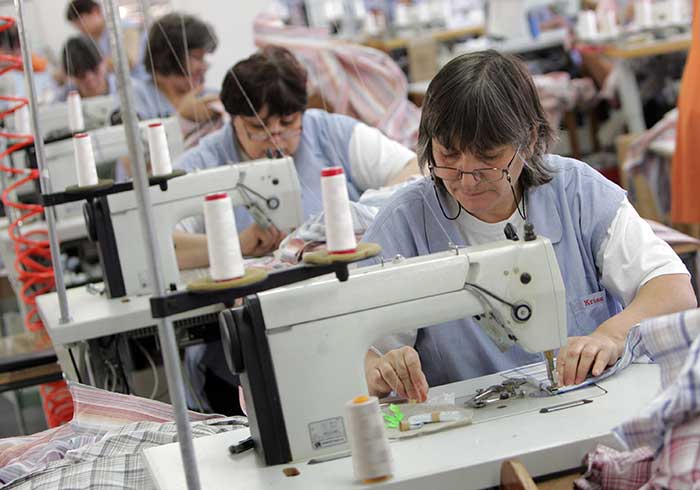web_easterneuropeworkers_shutterstock_146452787.jpg

Women working in a textiles factory
A study by the agency found that the number of people in the region living on between $10 and $50 per day has swelled from 33 million in 2001 to 90 million in 2013, while the number of people living in poverty fell from 46 million to 5 million.
However, UNDP warned that collapsing commodity prices, shrinking remittances, disappearing income- and employment-generation opportunities and slow economic growth in Europe, the Russian Federation and much of the rest of the region risk triggering a regression in development gains.
“In many ways, the story in this region is different from what is happening in other parts of the world,” said Cihan Sultanoğlu, director of the UNDP’s Regional Bureau for Europe and the Commonwealth of Independent States.
“But the region’s advances are under threat and the focus needs to be on improving its prospects for sustainable development.”
Corruption is major concerns of the region’s populations, second only to the economy and low living standards.
The UNDP said improvements in governance will be crucial to ensuring the continued participation of citizens in society and the economy, as well as the improved delivery of public services.
Many of the region’s countries currently rely on the extraction and processing of non-renewable fossil fuels, minerals and non-ferrous metals, activities that cause pollution.
The report recommended a move to greener growth, which would diversify economies, create jobs and cut down carbon emissions and environmental degradation.
Inequality remains a problem also remains a problem for the region. In Albania, Azerbaijan, Georgia, the Kyrgyz Republic and Tajikistan, for example, many different groups are excluded from the workforce and almost half of those that do work are in vulnerable employment, characterised by informality and inadequate earnings, conditions and rights.
UNDP noted that formalising unpaid care work for women would increase their work opportunities and help to close the gender gap, accelerating economic growth and wellbeing for the entire region.













